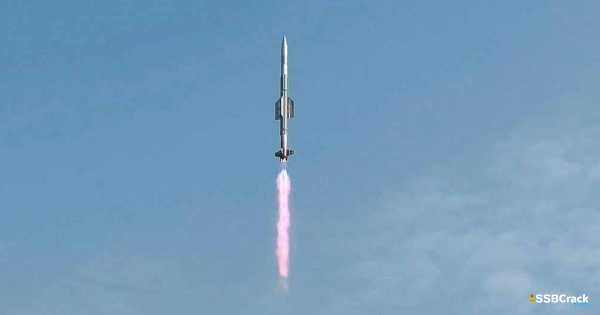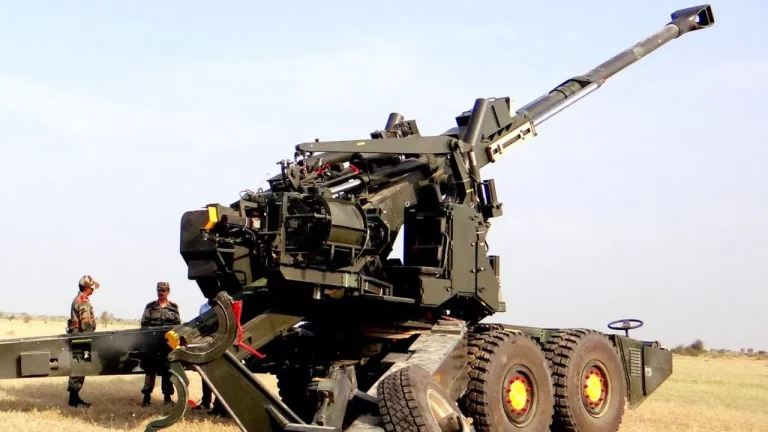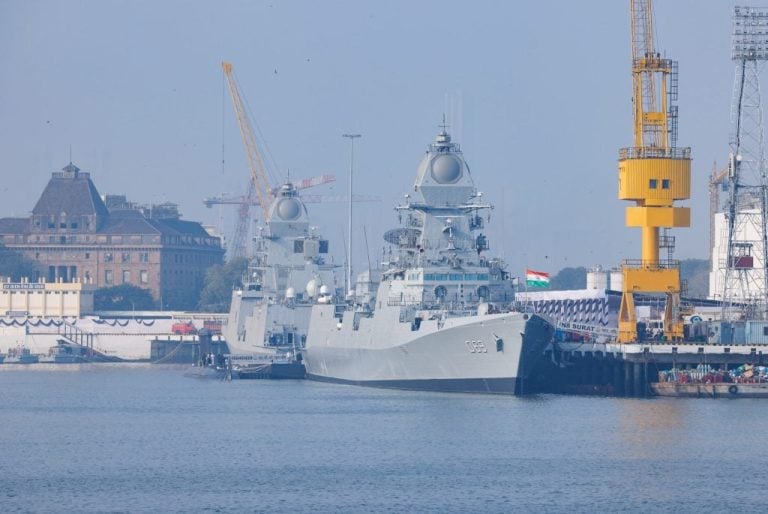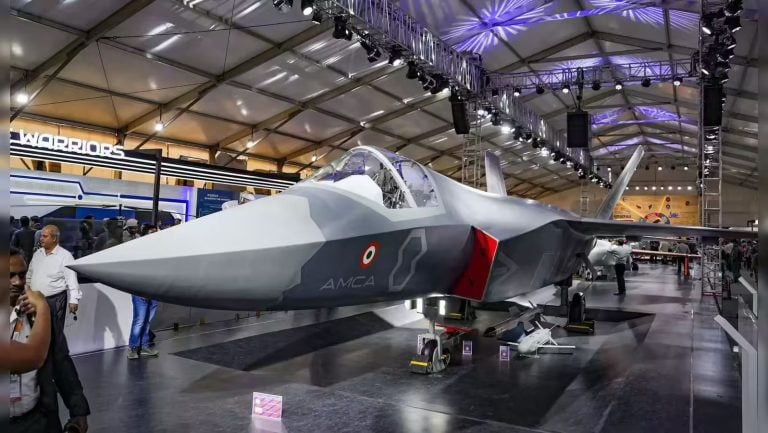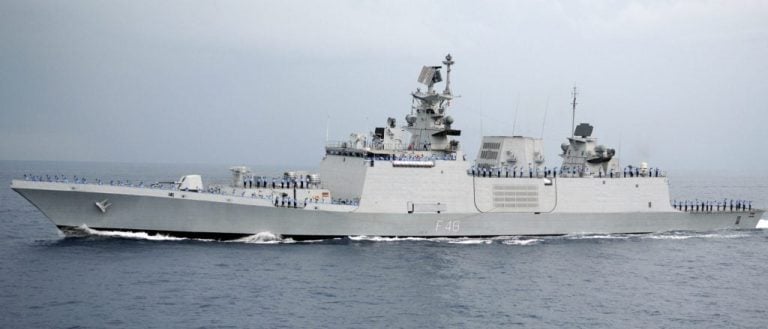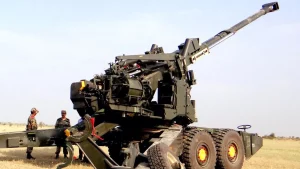On August 23, 2022, the Vertical Launch Short Range Surface-to-Air Missile (VL-SRSAM) was successfully flight tested by the Defence Research & Development Organization (DRDO) and the Indian Navy from the Integrated Test Range (ITR), Chandipur off the coast of Odisha. For the purpose of demonstrating the capacity to launch vertically, a flight test was conducted against a fast unmanned aerial target from an Indian Naval Ship. The missiles accurately intercepted the target thanks to their built-in Radio Frequency (RF) seeker. The DRDO created and designed the VL-SRSAM system on its own.
Using flight data collected by a variety of range sensors, including radar, an electro-optical tracking system (EOTS), and telemetry devices installed by ITR, Chandipur, the test launch’s flight path, and vehicle performance metrics were tracked. Senior scientists from the DRDO labs that worked on the system’s design and development, including those in Hyderabad’s Research Center Imarat (RCI) and Pune’s R&D Engineers, kept an eye on the launch.
Kshatriya Mantri Shri Rajnath Singh praised the DRDO, Indian Navy, and related organisations for the VL-successful SRSAM’s flight test and predicted that the missile would help the Indian Navy become more powerful.
Also Read: Unfolding The Relevance Of AGNI Series Missiles From AGNI I To AGNI VI [Fully Expalined]
Congratulations go out to the teams who participated in the successful flight test, and Secretary Department of Defence R&D & Chairman DRDO stated that the trial has demonstrated the effectiveness of the weapon system. He continued by saying that it would help the Indian Navy be better equipped to take down a variety of close-range aircraft threats, such as sea-skimming targets.
Salient features of Vertical Launch Short Range Surface-to-Air Missile (VL-SRSAM)
- The two key features of the VL-SRSAM are cruciform wings and thrust vectoring. The cruciform wings consist of four small wings arranged like a cross on four sides and give the projective a stable aerodynamic posture. Thrust vectoring is an ability to manipulate the direction of the thrust from its engine control
- It is important to note that a warship has to employ numerous defence mechanisms to protect itself from anti-ship missiles and adversary aircrafts.
- One of the age-old methods is chaffs, which is a countermeasure technology used worldwide to protect naval ships from enemy’s radar and Radio Frequency (RF) missile seekers. The second method includes the deployment of missiles to counter Anti Ship missiles.
- These systems have to have a swift detection mechanism, high speed, quick response, and high manoeuvrability and VL-SRSAM claims to have all these qualities.
To join Indian Navy as an Officer there are entries like NDA, CDS, INET, and NCC. To prepare for these written exams, do not forget to download SSBCrackExams Learning App and to crack the AFSB interview, You can join our SSB interview live classes batch and we recommend you to Enroll in SSB INTERVIEW ONLINE COURSE. Trusted by thousands of defence aspirants.


